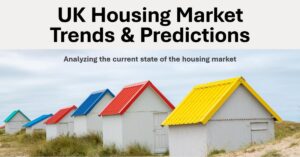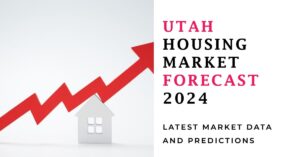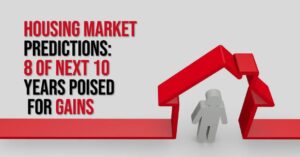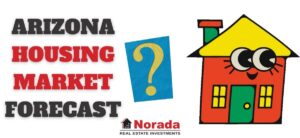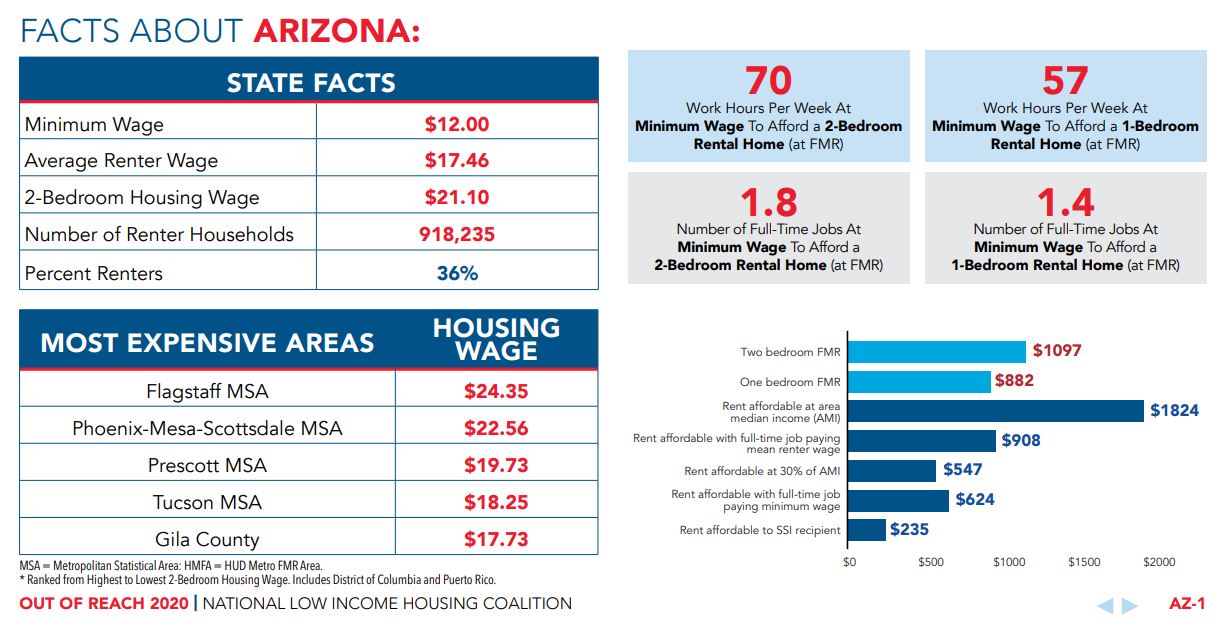The UK housing market forecast for 2025 has generated significant discussion among buyers, sellers, and economists alike. Current data shows an upward trend in property prices, with an average of £293,000 as of August 2024, marking a 2.8% annual increase. With various experts weighing in on whether the market will face a substantial crash or a mere correction, understanding the nuances is crucial for anyone involved in real estate.
UK Housing Market Forecast 2025: Crash or Correction?
Key Takeaways
- Average house price: £293,000 (August 2024).
- Annual price change: 2.8% increase.
- Transaction surge: 90,000 properties sold in August 2024, up 5.4% from the previous year.
- Positive buyer sentiment: Increasing inquiries and agreed sales reported by RICS.
- Stability in transactions: Bank of England indicates steady demand without immediate threat of a crash.
UK Housing Market Outlook 2025
Is it a Crash or Correction?
Current Average Property Price: £293,000
Annual Price Change: 2.8% Increase
Market Indicators:
– Rising Buyer Inquiries
– Increased Mortgage Approvals
– Transaction Surge of 90,000 in August
Expert Opinion:
Predicted to be a correction, not a crash!
Current Trends: An Overview of the Market
The UK housing market is often seen as a reflection of the broader economic landscape. In August 2024, the average property price in the UK rose to £293,000, which is approximately £8,000 more than the previous year. This increase is less overwhelming in some regions, such as the South West, which experienced only a 0.8% increase, compared to the 4.6% growth seen in the North West. These figures showcase the regional disparities that define the market.
Interestingly, despite the alleged fears of an economic downturn, key indicators suggest that the market remains robust. The monthly index figure, which serves as a reference point since January 2015, stood at 153.6 in August 2024—indicating ongoing growth since the base year. Furthermore, the data shows a comparatively higher increase in average prices in each subsequent month from July to August, with a 1.5% increase recorded recently, as opposed to just 0.5% during the same timeframe last year.
Buyer Sentiment and Market Activity
A critical factor in assessing market health is buyer sentiment. The Royal Institution of Chartered Surveyors (RICS) reported a notable rise in inquiries and agreed sales in August. This increase demonstrates continued interest and engagement among buyers, suggesting that market enthusiasts are not deterred by speculation surrounding a potential crash.
Additionally, the Bank of England reported a significant uptick in mortgage approvals, hitting 64,900—the highest level since August 2022. This data suggests not only a rebound but also increased confidence among banks in lending to potential homeowners.
Economic Context: What Drives Price Changes?
Understanding the dynamics that govern property prices is vital. As the UK grapples with inflationary pressures, potential changes in interest rates could significantly impact borrowing costs. If the Bank of England adjusts its rate downwards in response to economic signals, it could facilitate more affordable mortgages, consequently boosting buyer demand further.
Such a scenario indicates that correction may be imminent—but not catastrophic. Buyers and sellers alike must remain vigilant regarding economic trends, as shifts in fiscal policy can lead to a rapid reevaluation of property values.
Regional Price Changes: A Closer Look
Analyzing regional price changes is integral. The North West has excelled with an annual price growth of 4.6%, while other areas like the East of England and East Midlands reported more moderate increases. This variability underscores the importance of localized assessments when considering investment opportunities.
Homebuyers and investors should pay close attention to the unique factors that drive each region's economy. For instance, areas with growing employment opportunities or infrastructural improvements may support higher demand, influencing future price trajectories.
Public Perception: Addressing the Fear of a Crash
The ongoing discourse surrounding potential housing market crashes often leads to nervous reactions among potential buyers. Despite alarming forecasts from certain experts suggesting a dramatic downfall, the prevailing evidence implies that a substantial crash is improbable.
Web articles, such as those from Savills, posit a more tempered outlook, predicting a gradual adjustment rather than a full-blown crash. Investors and homeowners may find reassurance in these more measured predictions, highlighting the resilience of the UK housing market across various economic cycles.
What the Experts Say: Predictions for 2025
Predicting housing market behavior requires analyzing various indicators. Some notable predictions suggest:
- House prices may see a moderate correction rather than a crash, with gradual adjustments expected in the coming years.
- As the economy stabilizes, property prices could rise modestly.
- Regional variations will continue to be significant, with some areas showing stronger recoveries.
Conclusion: Navigating the Future of the UK Housing Market
The UK housing market forecast for 2025 shows positive trends, signaling that a mere correction is more likely than a crash. Factors such as regional disparities, economic conditions, buyer sentiment, and mortgage trends will continue to shape the landscape. Amid ongoing uncertainty, maintaining an informed perspective will be paramount for those looking to navigate the nuances of real estate in the coming years.
Frequently Asked Questions (FAQs)
Q1: What is a housing market correction?
A housing market correction refers to a decline in property prices, which occurs when the market adjusts from inflated levels towards more sustainable valuations.
Q2: Could the UK housing market crash in 2025?
While some analysts predict market corrections, substantial evidence suggests a crash is unlikely. Market resilience and ongoing demand indicate that any decline will not be catastrophic.
Q3: How do regional differences affect the housing market?
Regional differences can lead to varied performance within the housing market due to local economic conditions, demand levels, and availability of properties, affecting pricing across different areas.
Q4: What indicators should I look for regarding housing market stability?
Key indicators include average house prices, transaction volumes, economic growth rates, and mortgage approval rates. Monitoring these can provide insight into future market movements.
Q5: Should I buy property now or wait?
Assessing individual circumstances is essential. Economic forecasts suggest stability, but potential buyers should consider their financial situation, market conditions, and long-term plans before making a decision.
Recommended Read:
- UK House Prices Hit Record Highs: Will They Keep Climbing?
- How is the London Housing Market Doing in 2024?
- UK Interest Rate Forecast for the Next 5 Years (2024-2028)
- IMF Predicts High Interest Rates for the Long-Term in the US and UK
- Barclays & HSBC Slash Mortgage Rates: Will UK Housing Market Rebound?
